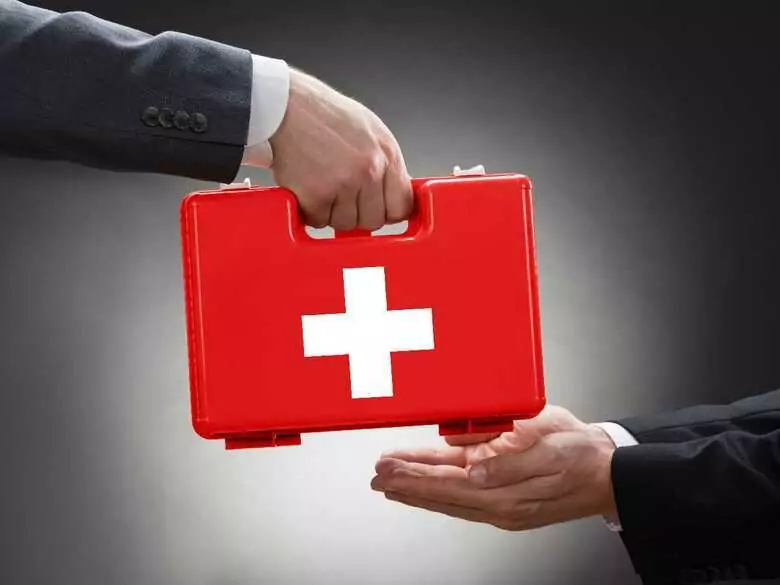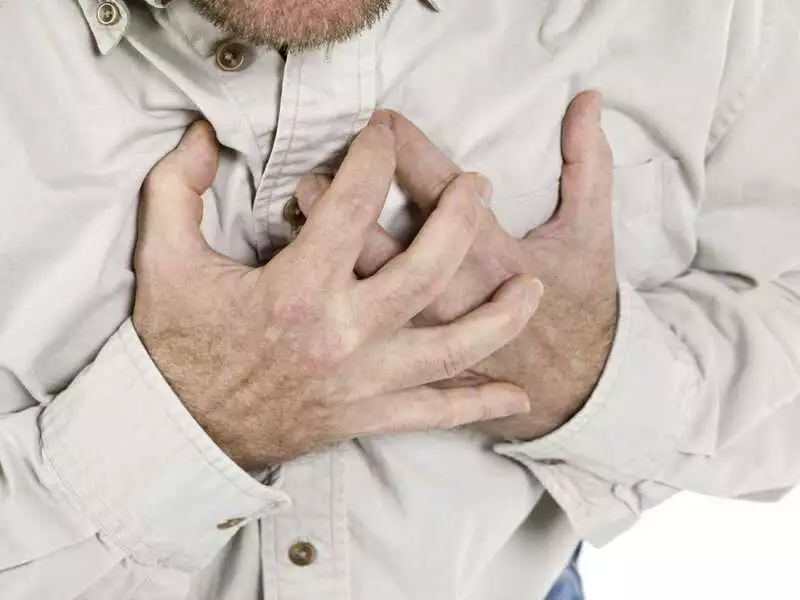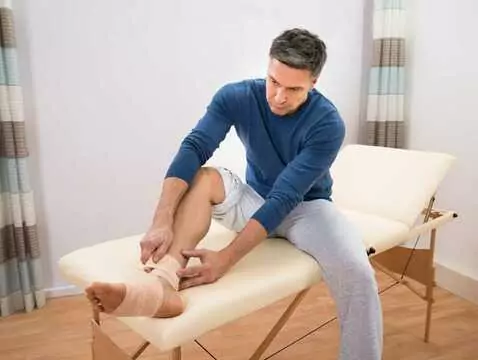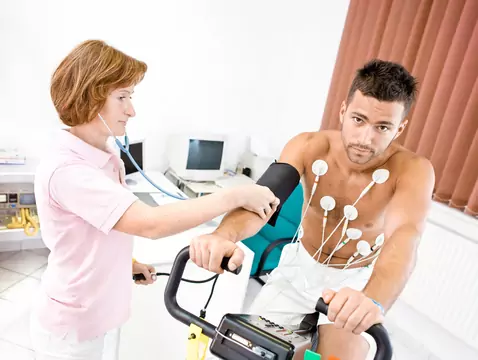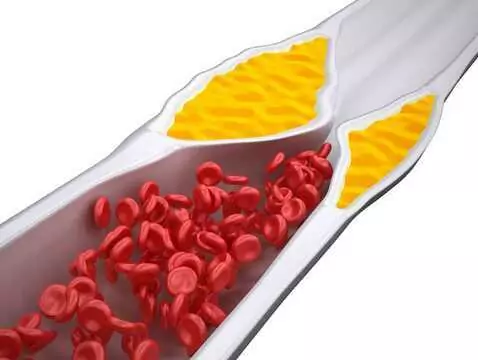Cardiovascular diseases have remained the leading cause of death in Poland for many years, despite the increased incidence of cancer. Due to the extremely important role of the circulatory system in the functioning of the body, and at the same time its complex structure, there are a great number of conditions that, in extreme cases, can lead to a significant reduction or complete stoppage of its functioning. What are the symptoms of sudden cardiac arrest? How do we recognise it and what should we do if we see an unconscious person? These and other questions are worth answering.
What is sudden cardiac arrest (SCA)?
The definition of sudden cardiac arrest is a state of cessation of mechanical heart function, characterised both by the patient's inability to respond to any stimuli and the absence of a palpable pulse on any of the arteries, as well as breathlessness or so-called agonal breathing. Due to the electrophysiological mechanism, there are several basic types of sudden cardiac arrest:
- Ventricular fibrillation, ventricular flutter, ventricular tachycardia without a pulse - despite their complex names, all these conditions describe a type of abnormal heart rhythm that, in the simplest terms, fails to provide adequate tissue perfusion (i.e. blood supply) and maintain effective blood circulation. These situations are most easily explained using the example of ventricular fibrillation. With this rhythm disorder, instead of a regular systolic action, the heart works in an uncoordinated manner. The ventricles then contract very rapidly and with varying strength. In practice, this means that the heart is unable to generate sufficient pressure to ensure the ejection of blood from the ventricles into the aorta. This in turn leads to ischaemia throughout the body. The brain is the most susceptible to such ischaemia and hypoxia. After only a few minutes of this type of disturbance, irreversible changes in its functioning are produced.
- Asystole - this type of SCA manifests itself on the electromonitor as a straight line. This means a complete absence of electrical and mechanical heart function. By the way, it is worth mentioning that very often this rhythm is used, for example, in cinematography to inform the viewer that a patient is dying (or has died) and then we see the "doctors" start defibrillation. Nothing could be further from the truth! Asystole IS NOT a rhythm for defibrillation. In its case, only drugs can be administered and resuscitation can be performed.
- Pulseless electrical activity (PEA) - this is the name reserved for the heart rhythm when this organ is working in a coordinated manner but is still unable to maintain blood flow in the vessels.
- Sudden cardiac arrest regardless of the type of electrophysiological mechanism is caused by acute coronary syndromes, or more simply, myocardial infarctions. Most commonly, this condition leads to ventricular fibrillation (which, unlike asystole, can be defibrillated).
photo: panthermedia
Symptoms and management of sudden cardiac arrest
The main symptom of SCA is loss of consciousness. In addition, there is a complete loss of the ability to breathe on one's own or so-called agonal breathing. The ability to recognise sudden cardiac arrest is very important, and everyone should have this ability! Currently, in Poland, even pre-school children are taught the principles of management of persons with sudden cardiac arrest (this is the so-called CPR - cardiopulmonary resuscitation). Therefore, if you ever see an unconscious patient under any circumstances, you should proceed as follows:
- Assess the patient's safety and your own - if you notice an unconscious person your first concern should be your own safety. If the situation is on the road, for example, stop traffic (traffic accidents) or disconnect the power source in case of electrocution.
- Assess the patient's consciousness - the simplest method is to gently (!) shake the shoulders of the unconscious person and speak to them at the same time ("What happened to you?", "Can you hear me?").
- If the patient is unconscious, call for help immediately! However, do not move away from the sick person if there is no danger.
- If the patient is lying on their back, gently tilt the head back. If any foreign bodies are found in the mouth, remove them.
- Assess the breathing - use our senses for this. Firstly, assess with your eyes whether there are respiratory movements of the chest, secondly, put your ear to the patient's mouth and listen for a breathing murmur. Thirdly, bring the back of the hand or cheek close to the patient's mouth. Due to the strong innervation of the skin of the face and hands, we are thus able to sense the movement of air.
- If the patient is not breathing or if you feel that the breathing is "strange" and there are several people next to you, have one of them call for medical assistance, i.e. call an ambulance (emergency number 112). However, do not "ask for help" but absolutely demand it. Scientific research and psychological observations clearly show that people in a crowd feel anonymous and may also be shocked. One particular person should be clearly identified and instructed to call for help without discussion.
- Another person (or the one calling the ambulance) should immediately find out if there is an AED (automated external defibrillator) in the area. This device has a diagnostic and therapeutic function. When switched on, it gives simple voice commands to enable the device to assess the rhythm and perform a defibrillation if necessary). Situations where we have found an AED are worth describing separately, for the BSL scheme let us assume that there is no AED in the area.
- After assessing the patient's condition, begin the actual resuscitation part of the procedure.
- Chest compressions and artificial lung ventilation.

